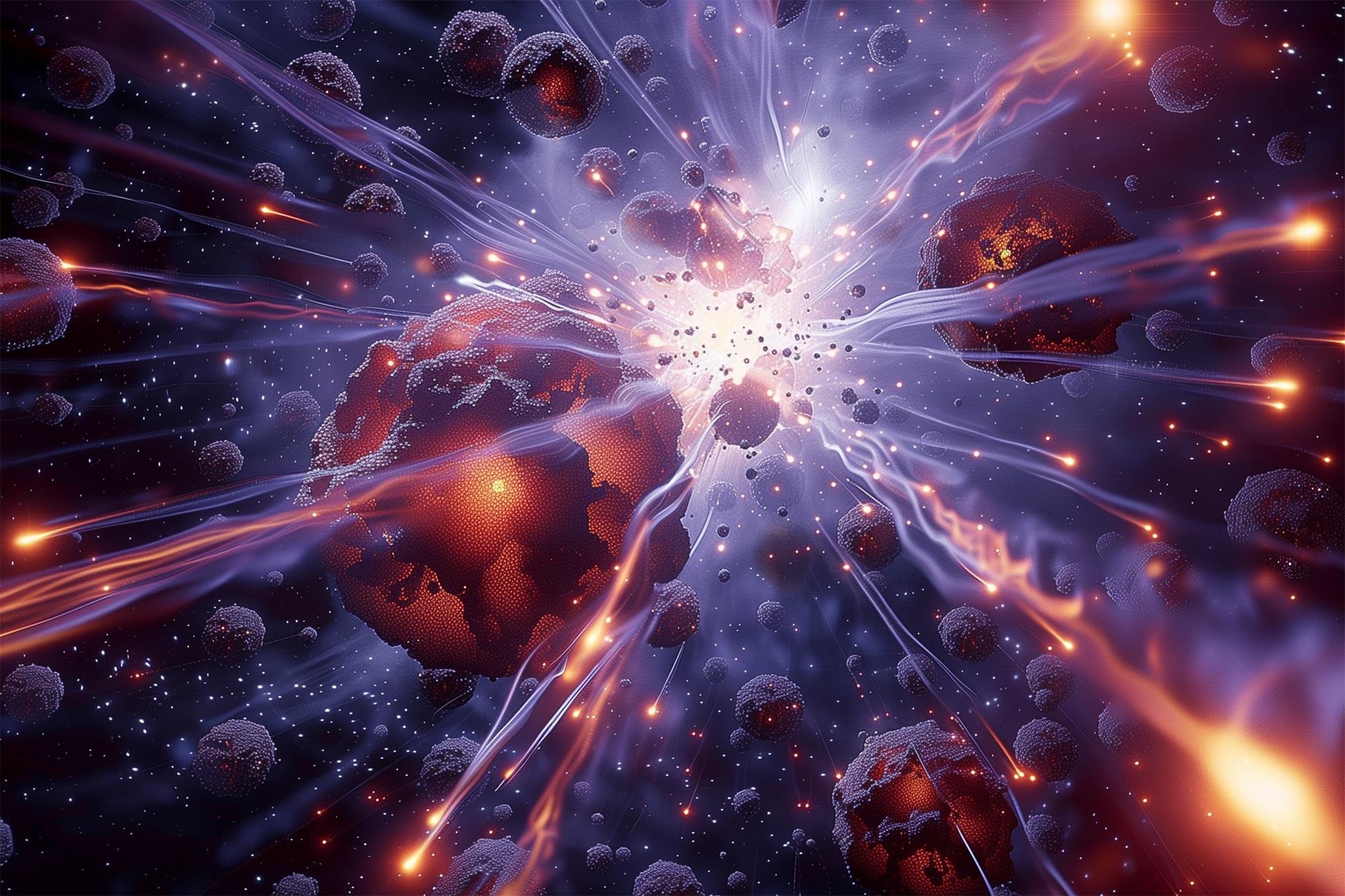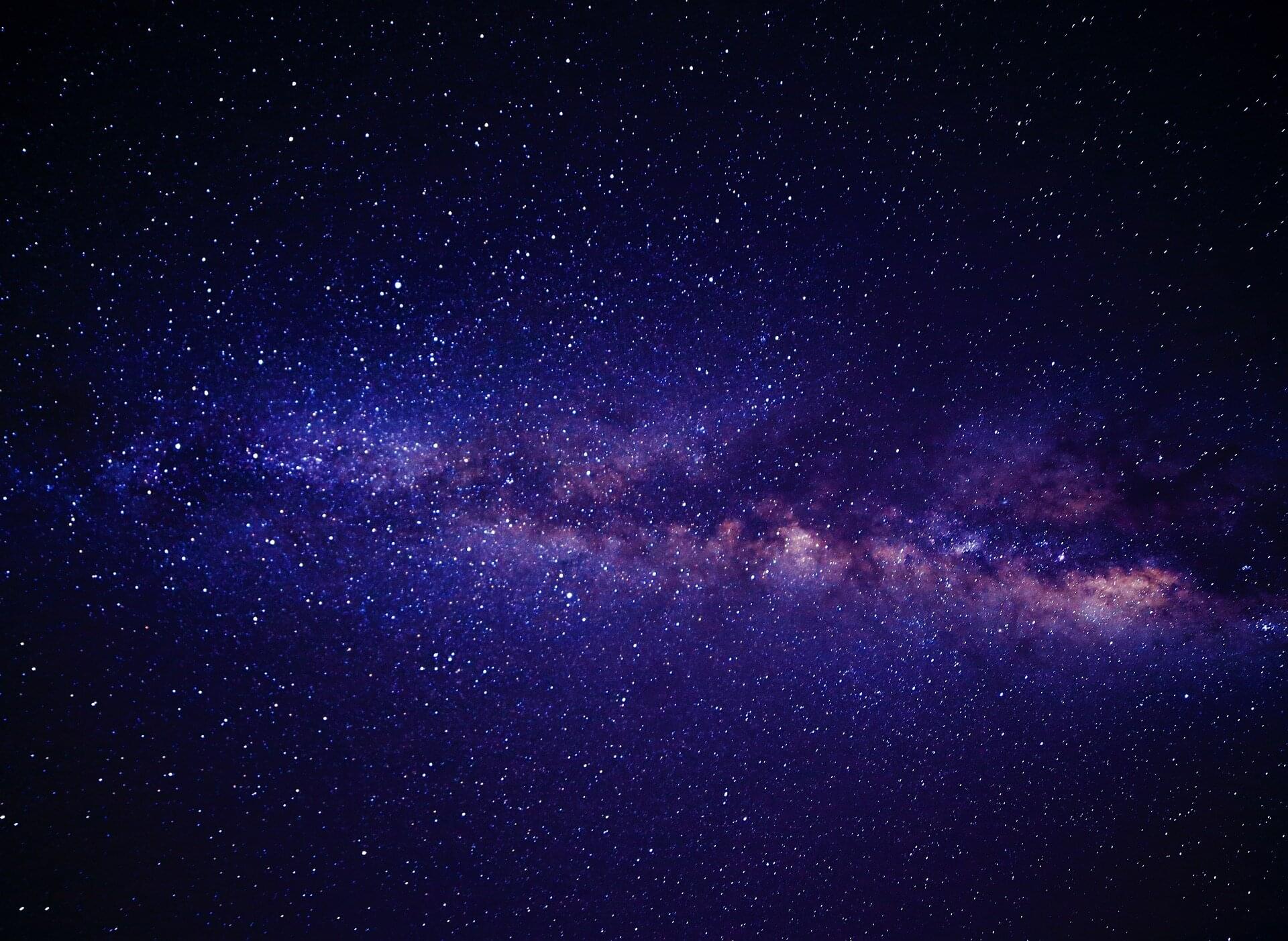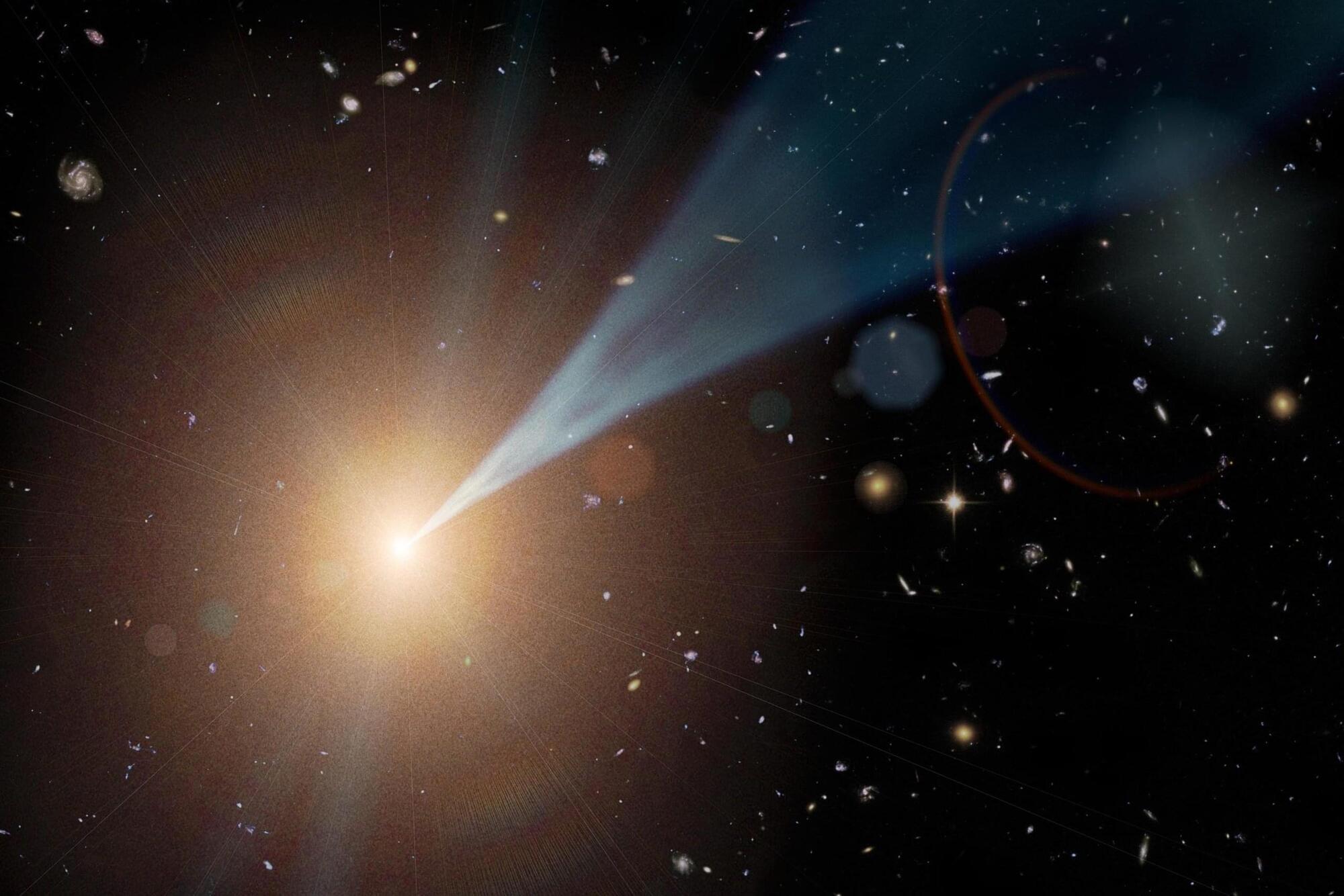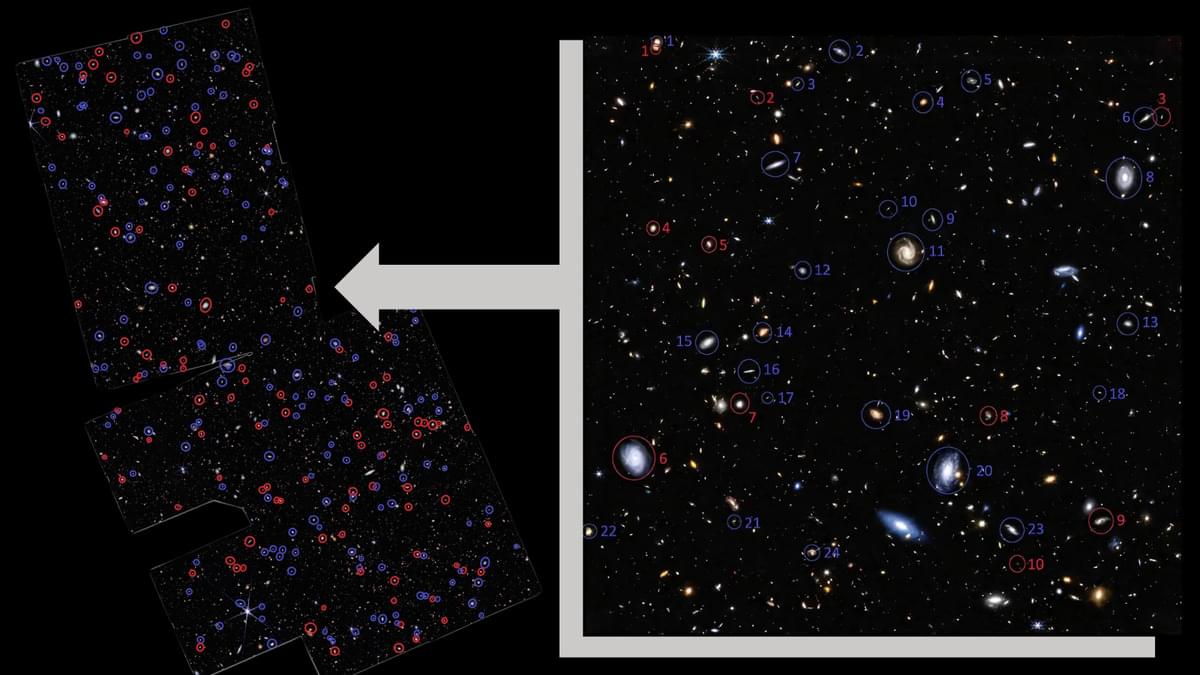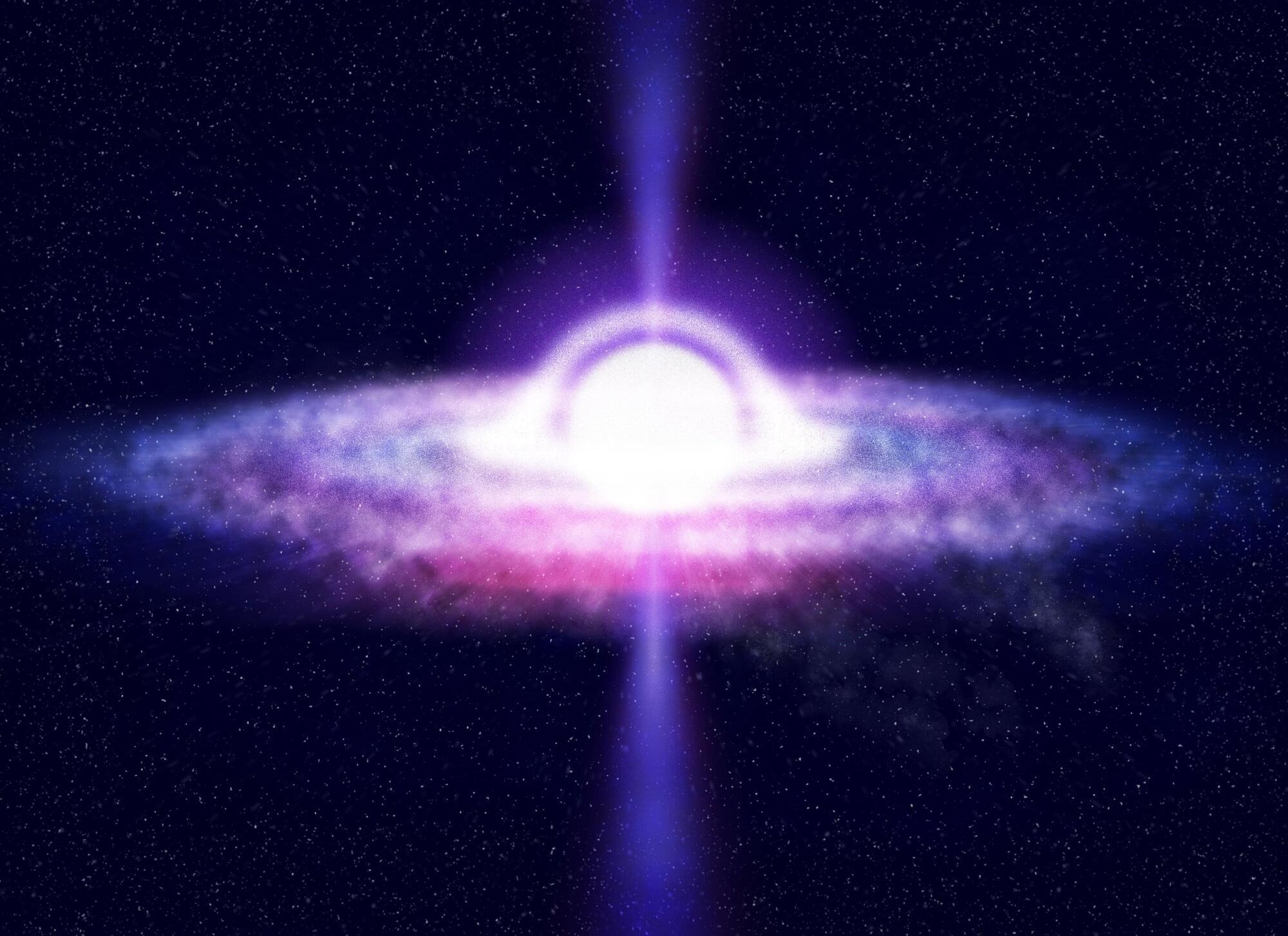Physics has a problem—their key models of quantum theory and the theory of relativity do not fit together. Now, Dr. Wolfgang Wieland from Friedrich-Alexander-Universität Erlangen-Nürnberg (FAU) is developing an approach that reconciles the two theories in a problematic area. A recently published paper that was published in Classical and Quantum Gravity gives hope that this could work.
There are four fundamental forces in the universe: gravity, electromagnetism, the weak and the strong interaction. While general relativity describes gravity, quantum theory deals with the other three forces. This creates a problem: “As early as the 1930s, it was recognized that the two theories do not fit together,” explains Dr. Wieland, who leads a Heisenberg project on this topic at the Chair of Quantum Gravity at FAU.
Usually, this has no major consequences: general relativity is mainly used to calculate the behavior of large masses in the universe. Quantum theory, on the other hand, focuses on the world of the very smallest things. However, to better understand key phenomena such as the Big Bang or black holes, a model is needed that unites both concepts—quantum gravity. General relativity states that all matter in a black hole is united at one tiny point. It is therefore important to understand how gigantic gravitational forces act in the microcosm, although this is where the laws of quantum mechanics actually apply.
